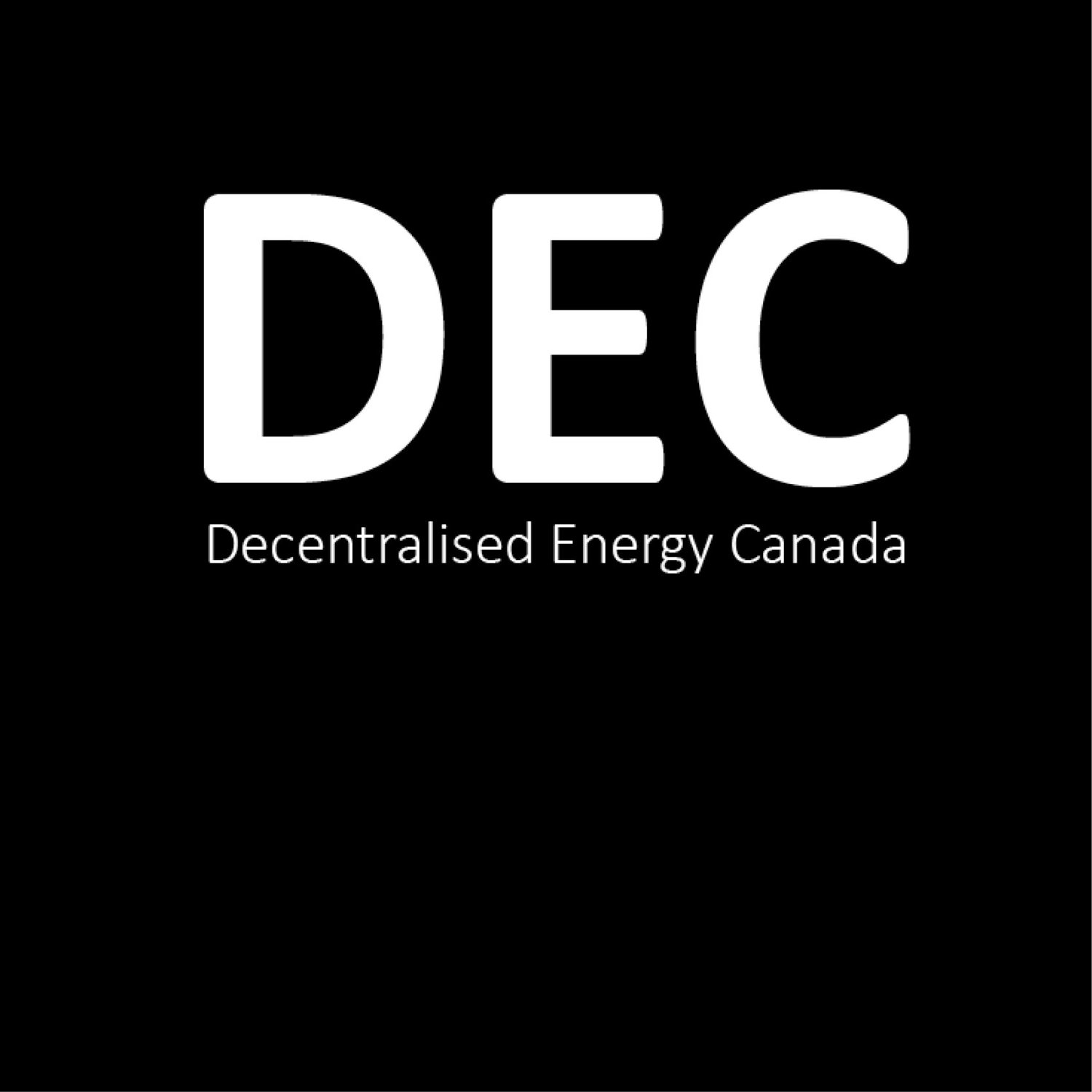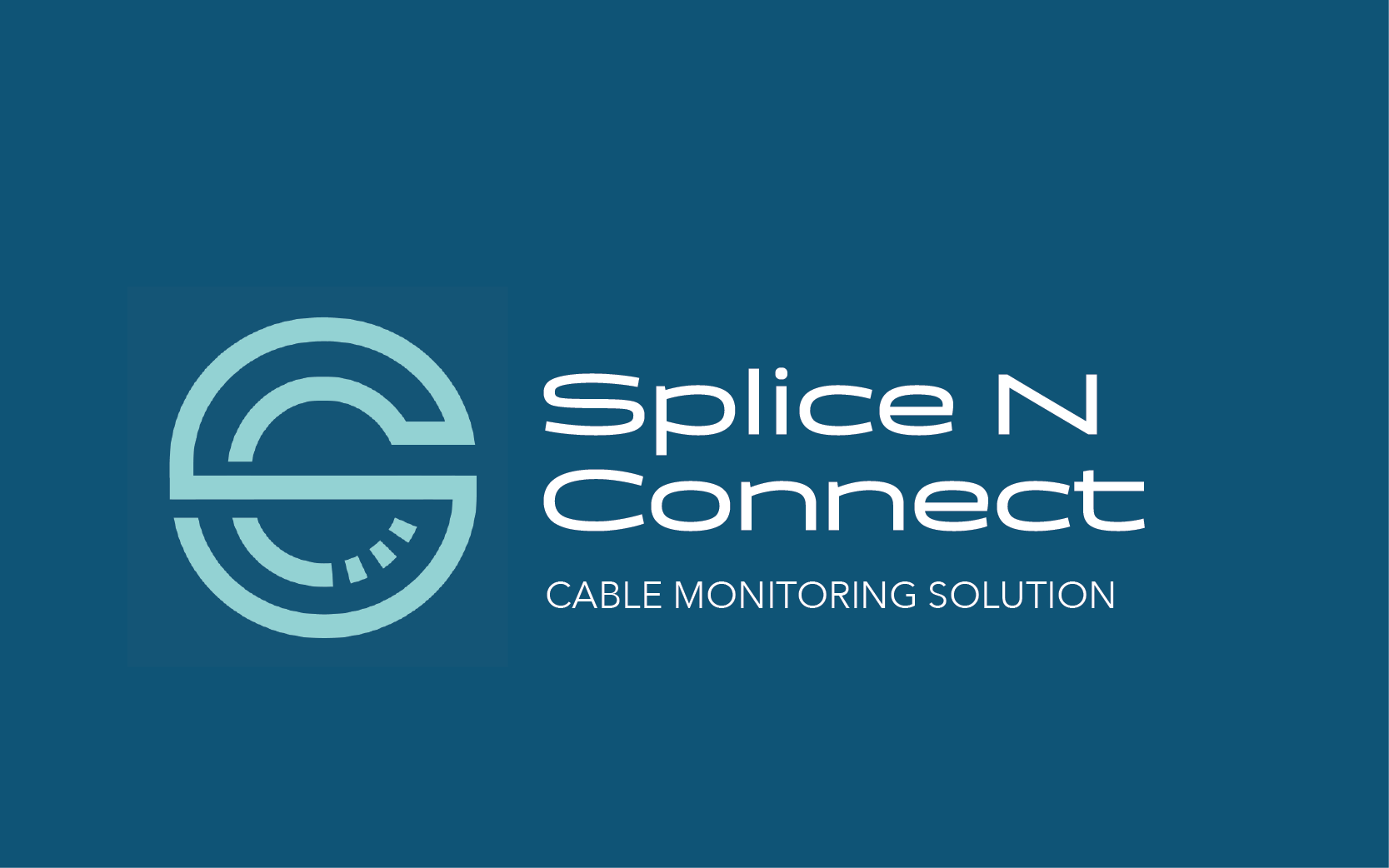Splice N Connect: Tackling Underground Cable Failures - One Connection at a Time
Source: Patricia Faucher | · DEC · | April 2025
Underground cable failures are one of the most persistent—and costly—challenges facing utilities today. Limited visibility into these systems can lead to unplanned outages, expensive emergency repairs, and compromised grid reliability. That’s the gap Splice N Connect is working to close.
Co-founders Taban Sabih and Kat Stawowiak have developed a breakthrough sensor technology that provides real-time insights into the health of underground and above-ground cable joints—turning guesswork into predictive power management. Their innovation is particularly important for decentralised energy systems, where reliability and visibility are critical.
What began as a leadership innovation project quickly evolved into a practical solution with real-world impact. In this Q&A, they share their origin story, what drives them, and how their technology is transforming grid infrastructure management.
Our solution provides early fault indicators, like heat and partial discharge, using non-intrusive, self-powered sensors.
How did you start Splice N Connect, and where did the name come from?
We met through the Avatar Innovation Program in 2023, even though coincidently we both worked at Cenovus Energy. The program started as a leadership and business development experience, but as our team worked on power grid resilience, we developed a solution that gained real traction from both utility and industrial companies. We were named Best Overall Concept - and realised this wasn’t just a project; it could be a real company solving real industry problems. Our skills really complement each other. Taban is more on the technical side, while Kat brings strong commercial and strategic expertise. And we push each other - if one hesitates, the other moves. That balance is key in a startup.
We launched Splice N Connect as a standalone company. The Avatar Innovation Program continues to support us, with the Avatar Leadership Fund confirmed as our lead investor. The name of our company reflects how our technology focuses on monitoring splices and connection points in cables, which are common failure points. It also reflects how we build relationships in the industry. The name just fits and works as a great conversation starter.
Beyond the technology, what’s driving you to build this company?
We care deeply about seeing more women in tech. As moms, we want to show our daughters - and other women - that success in this industry is possible. Right now, our priority is progressing technology development to execute the pilot agreements. We’re at Technology Readiness Level 4 [proof of concept] and focused on real-world validation and expanding our customer relationships for potential in-field testing and pilot agreements.
What problem are you solving, and how does your solution work?
There’s a big gap in real-time cable management, especially for underground cables at the distribution voltage level. There’s limited proactive monitoring options - just scheduled checks years apart. Our solution provides early fault indicators, like heat and partial discharge [tiny electrical sparks], using non-intrusive, self-powered devices [sensors] that clamp onto cable connection points. It sends data wirelessly to a software platform for real-time alerts and analytics. The goal is to shift from reactive to predictive and proactive maintenance. And beyond reliability, our data also helps with optimizing load and capacity planning. We’re co-developing the tech with an electrical engineering partner, Tangent Design Engineering. We have generated significant interest from both the utility and the oil & gas sectors, resulting in signed Letters of Intent (LOIs) from potential customers. This includes a development partnership with a major oil & gas company, and a testing agreement with a medium-sized city utility.
We focus on those overlooked spots—splices and connectors—where most underground failures actually happen.
Can you explain your technology in simpler terms?
Sure - think about your car. You have sensors that tell you when something’s off. Utilities right now are driving blind - no sensor tells them when underground cables are starting to fail. Our device is that sensor. It provides real-time insights and supports better infrastructure mapping.
Which industries can benefit from your tech, and what’s next?
Our initial focus is on utilities and the oil & gas sectors, supported by existing industry connections and traction, however our device is applicable to any operation that relies on distribution power feeds for critical operations requiring enhanced reliability and visibility. We have also started engaging renewable and mining companies and would love additional connections for customer engagement.
We have been approved for LSIP (Lab Services Incentive Program) funding through Emissions Reduction Alberta (ERA), enabling us to do specialised testing at the University of Alberta’s Elite Grid Lab. This is in addition to other grants we have received from Alberta Innovates and Pathways Alliance, which supports all our development, testing and certification efforts.
What were some technical and startup challenges you faced?
At the start, we were faced with the challenge of developing a fully wireless system, but we had to compromise. Wireless communication underground - through soil or water – is tough. Still, we’ve worked through this to focus on more practical applications as well as ensuring our solution doesn’t interfere with workers’ access.
Biggest challenge? Landing the first utility customer. Once we have one, others follow. Because of the regulated nature of the industry, everyone is interested in our solution – yet most people prefer to be the second adopter. Therefore, we need that first champion to help build the momentum for broader adoption.
We’re also customizing our solution for various use cases – such as voltage levels, cable type, etc. – and would love to work with partners to address their needs.
The goal is to shift from reactive to predictive and proactive maintenance.
How is your approach different from competitors?
Most competitors use fibre optics or focus on partial discharge. Fibre is expensive and not practical to install end-to-end. Others miss the fact that most failures happen at connection points or are looking at other electrical assets such as transformers etc.
We, however, focus on those overlooked spots - splices and connectors - at distribution-level voltages (5kV–36kV). That’s where we stand out and feel it is a niche where we can thrive.
How do you stay up to speed on trends and innovations?
We’re active in networks like DEC and IEEE. LinkedIn is also a great resource. It’s about staying connected with people and platforms that push innovation - like The Avatar Innovation Program and Alberta Innovates.
Utilities right now are driving blind—no sensor tells them when underground cables are starting to fail.
Anything else you’d like to add?
Yes - representation of women in tech still lags. I [Taban] graduated with only 12% women in electrical engineering, and that number hasn’t changed much. It’s frustrating when assumptions are made about what women can or should be doing - especially in technical fields.
We want to be role models. There are still different expectations placed on women - especially when we’re also mothers. We need more than talk about diversity; we need action. We hope our journey helps shift the narrative while addressing a practical problem for our industries.
We would love to have further conversations to hear about your systems, feedback on what we are developing, or a potential testing and piloting opportunity. Follow Splice N Connect on LinkedIn or go to our website for additional information and just to get in contact.
We care deeply about seeing more women in tech. As moms, we want to show our daughters—and other women—that success is possible.






